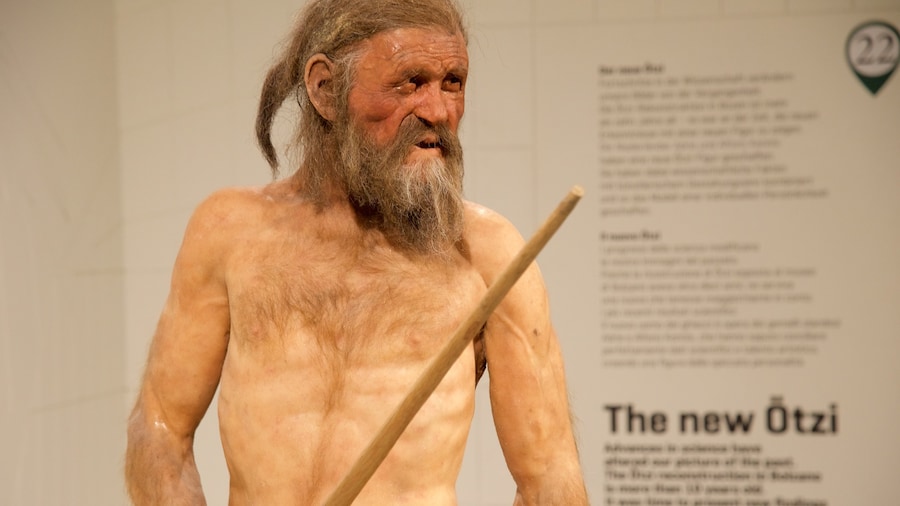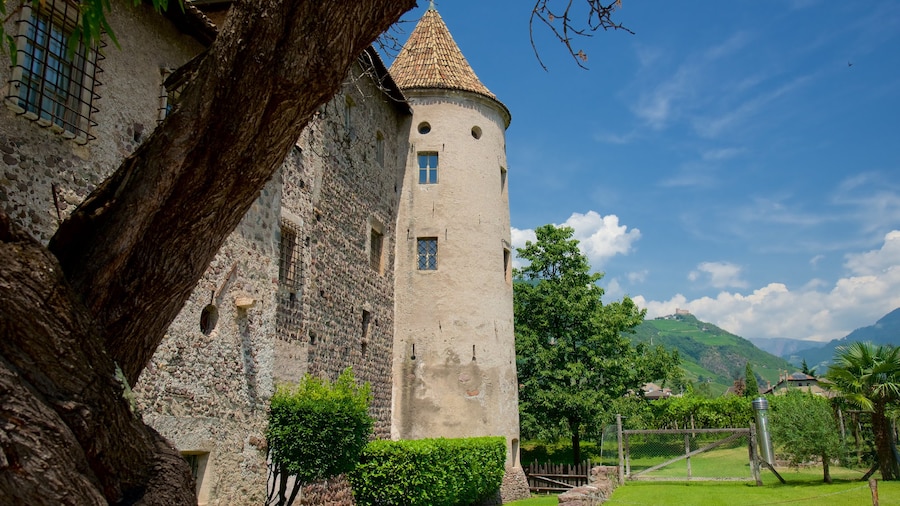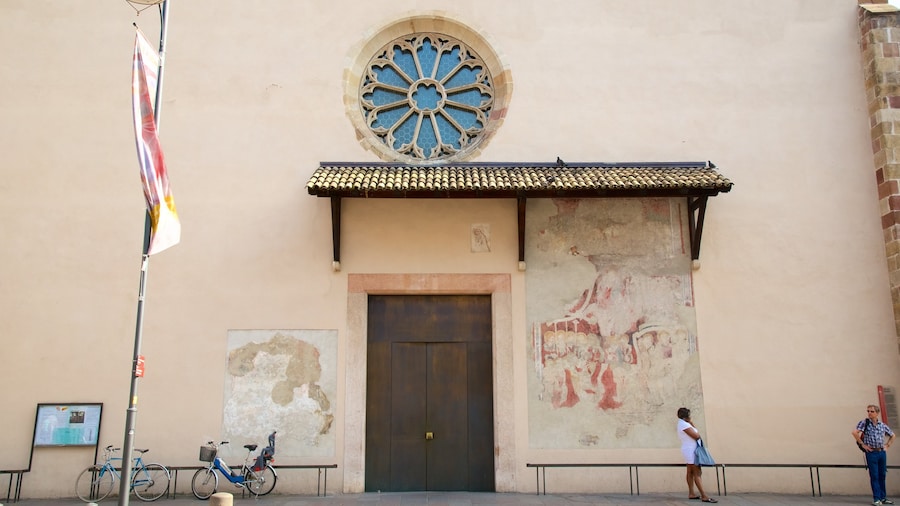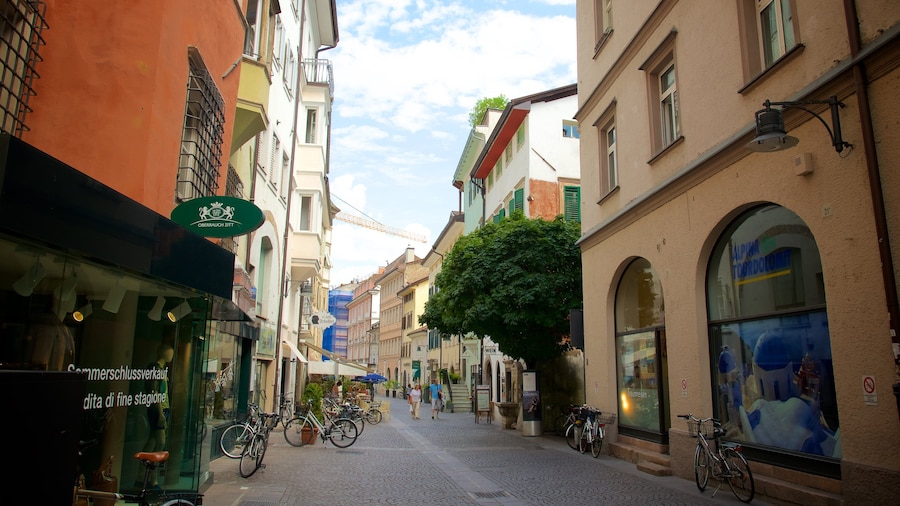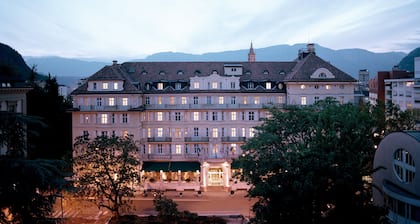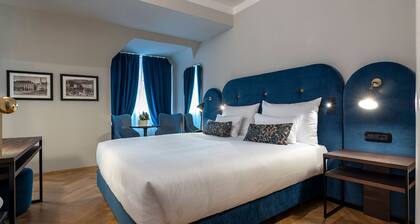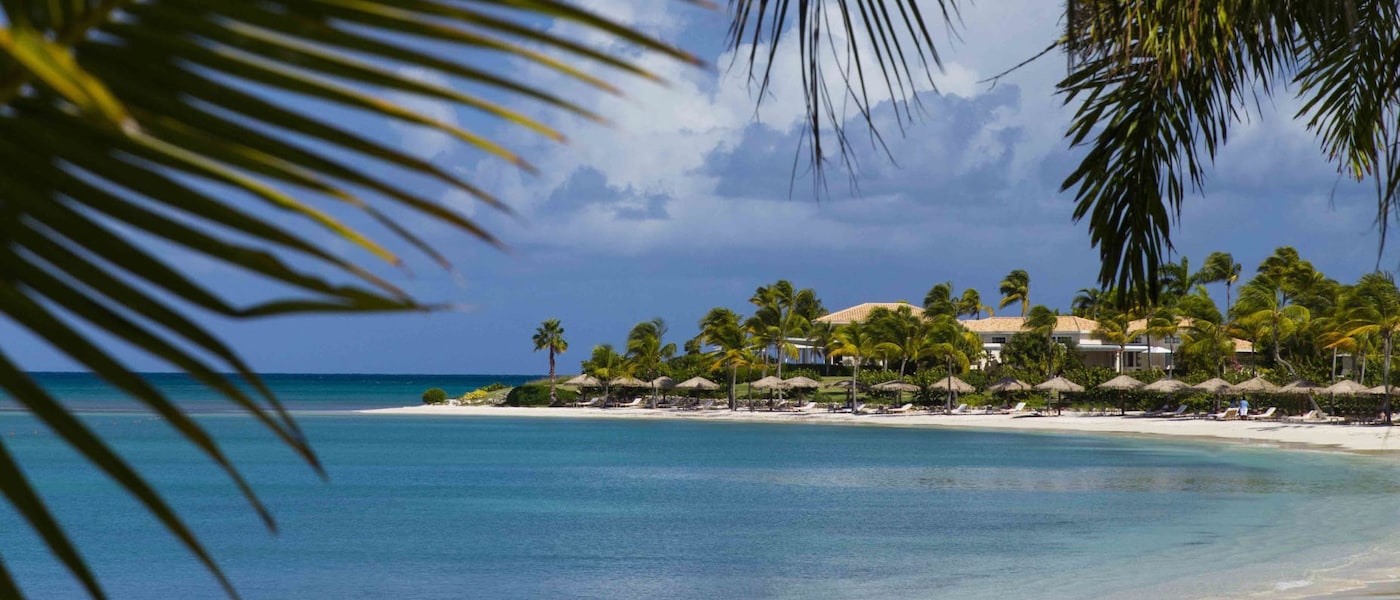Today, Piazza della Vittoria is peaceful and picturesque. In the 1920s, however, it was a very visible example of fascism’s growing influence in South Tyrol. When the Allies won World War I, Italy annexed the region from Austria. When you visit the square, learn about this tumultuous time in Bolzano’s history.
The Victory Monument is the contentious centerpiece of Piazza della Vittoria. Dictator Benito Mussolini commissioned the monument in 1926, ostensibly to celebrate the Italian victory in World War I but also to cement Fascist Italy’s domain over Bolzano. The monument, built in the stark manner that characterized fascist architecture, has been an object of controversy ever since.
Note the Latin phrase etched on the main façade, which translates to: “Here at the border of the fatherland set down the banner. From this point on we educated the others with language, law and culture.” The German-speaking majority of South Tyrol saw the inscription, which refers to Roman imperial history, as a direct threat to their heritage and rights.
Following multiple attempts to deface and even destroy the Victory Monument, many argued that the monument should be demolished. The government ultimately decided to keep it standing, along with a permanent exhibit that addresses the dark chapter of history surrounding it. Learn more through videos and documents in "BZ '18–'45: One Monument, One City, Two Dictatorships." Find the exhibit in Piazza della Vittoria adjacent to the Victory Monument.
If you need to digest the historic significance of Piazza della Vittoria, or simply want to enjoy the views of the craggy Dolomites on the horizon, head across the street to Petrarca Park. Take a stroll along the Talfer River or relax in the park’s expansive lawns.
Most of downtown Bolzano is within easy walking distance of Piazza della Vittoria. Find the city’s South Tyrol Museum of Archaeology, which is famous for being the home of the mummified Ötzi the Iceman, just across the Talfer River.

